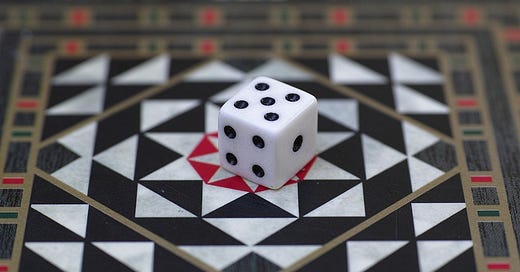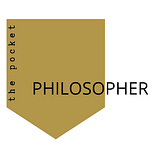Hello everyone,
Welcome back to Chapter 2 of our Series on Game Theory.
Yesterday, we introduced the basic concepts of Game Theory while today we’ll be breaking open one of its fundamental and earliest experiments: The Prisoner’s Dilemma.
So let’s get into exactly what dilemma the prisoner face, shall we?
Like most situations surrounding game theory, we must first understand the rules. In fact, as we will see, rules can be a powerful construct and agreement—a contract of sorts—if leveraged properly. In many instances, the way that rules are established will determine everything from sheer viability of the game itself on one end to norms surrounding justice on the other. But more on that later.
As it relates to the Prisoner’s Dilemma developed by the team at RAND, it went something like this:1
“If A and B each betray the other, each of them serves two years in prison
If A betrays B but B remains silent, A will be set free and B will serve three years in prison
If A remains silent but B betrays A, A will serve three years in prison and B will be set free
If A and B both remain silent, both of them will serve only one year in prison (on the lesser charge).”
Let’s put that in a matrix to simplify the options before a prisoner in this game.
During the initial experiment, the players were promised that the game would not be iterative. Meaning that there would be no opportunity for players to exact revenge or reward altruism in future versions. This iteration was all that mattered.
Somewhat surprisingly, even though from an analytical perspective each prisoner (a rational actor) should most likely have chosen to defect, overwhelming participants chose to cooperate.
Even in a zero sum game, cooperation created opportunity.
This is baffling, because it demonstrates a propensity that all living, sentient beings have toward cooperation, as it turns out. It’s like a bias, only genetic.
This reality insisted on a fresh wave of study by biologists as it relates to evolution. In many ways, nature is presented to us through the earliest theories of evolution as zero-sum and competitive. But what if, in actuality, it’s symbiotic and cooperative?
In the late 70s, mathematical biologist (bet you didn’t know that was a job description!) John Maynard Smith conducted a series of simulations and experiments in which he mapped the most evolutionary-advantageous game that sentient beings in nature could play to maximize their longevity, well-being, and species success.2
The motive and outcome of his simulation was the replication of the species by 1, or n+1, which would in turn be factored into the next iteration.
At it core, he found that making a first move based on trust with a goal of mutual success is not only historically accurate, but also the most viable first move.
Typically, the system as a whole would find symbiosis in which roughly 20% would chose aggression as the first move, and 80% would chose cooperation.
To put it another way, it appears that the vast majority of nature is biologically predisposed for trust and cooperation—unless we gather new information to alter future behavior.
Maynard Smith then saw that the next element necessary for a robust strategy in a game like this is both the ability and intelligence to remember who ought to be distrusted, and in extreme cases, when distrust ought to rise to the level of retaliation.
(As we’ll see in a later segment, how that retaliation is manifested and managed is materially significant for the future of our species. This capacity for memory is also something unique to Homo Sapiens.)
Maynard Smith created a matrix within his simulations breaking down behaviors into two categories: hawk and dove.
The Hawks and Doves must find a way to distribute a common resource.
Hawkish behaviors are aggressive and domineering from the start escalating toward violence while dovish behaviors are cooperative and mutual willing to make an initial move of self-defense prior to finally attriting the resource if it becomes too difficult.
Here are is findings summarized, when V is victory and C is cost:3
Generally speaking the simulation demonstrated a reality also perceived in nature that the cost of losing a valuable resource is greater than the opportunity to have it all for oneself.
These findings are profound and shake their fist at the technological, governance, and ecological failings of our modern world.
And tomorrow, we’ll crack that wide open, beginning with technology.
I know that was a lot, please comment and let us know what you found interesting, and what you’d like to know more about.
Until then my friends,
Matt
https://en.wikipedia.org/wiki/Prisoner%27s_dilemma#Animals
https://en.wikipedia.org/wiki/Evolutionary_game_theory
ibid

















Share this post